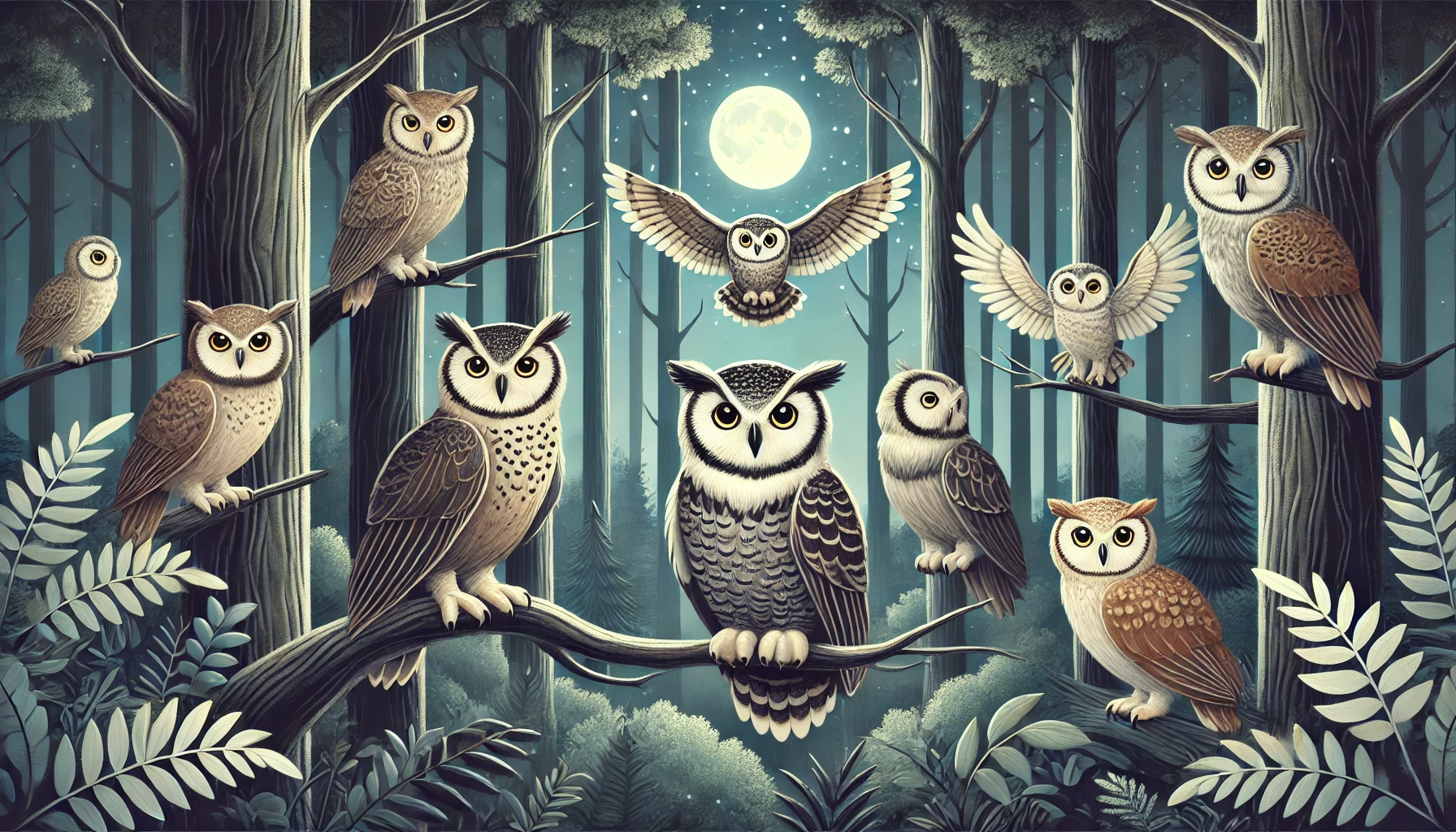Interesting Facts About Owls and Their Behavior
Interesting Facts About Owls and Their Behavior
Table of Contents:
- Introduction to Owls and Their Behavior
- The Different Species of Owls
- How Owls Use Their Vision and Hearing to Hunt
- The Role of Owls in Ecosystems
- Why Owls Are Symbols of Wisdom and Mystery
- Conclusion: Understanding the Unique Nature of Owls
Interesting Facts About Owls and Their Behavior
Owls are some of the most mysterious and fascinating birds in the world. Known for their nocturnal habits, incredible hunting abilities, and quiet flight, owls have captured the imagination of humans for centuries. Found on almost every continent, these majestic birds play a vital role in ecosystems and have deep symbolic meanings in various cultures. In this article, we will explore interesting facts about owls, their behavior, and their significance in nature and society.
1. The Different Species of Owls
There are over 200 species of owls worldwide, ranging from the small and elusive elf owl, which stands just 5 inches tall, to the impressive Eurasian eagle-owl, which can have a wingspan of nearly 6 feet. Some of the most well-known species include the barn owl, with its distinctive heart-shaped face, and the great horned owl, one of the most powerful predators in North America. Owls are found in a variety of habitats, from dense forests to open grasslands, and even urban environments. Each species of owls has adapted to its unique surroundings, showcasing remarkable diversity in size, color, and behavior.
2. How Owls Use Their Vision and Hearing to Hunt
One of the most extraordinary adaptations of owls is their remarkable vision and hearing, which enable them to hunt effectively at night. Owls have large, forward-facing eyes that give them binocular vision, allowing them to accurately judge distance when pursuing prey. While their eyesight is excellent in low light, it is their hearing that truly sets them apart. The asymmetrical placement of their ears allows them to pinpoint the exact location of sounds, even in complete darkness. This keen sense of hearing helps owls detect the slightest movements of prey, such as mice or insects, hidden under leaves or snow. Once they have located their target, owls silently swoop down, using their powerful talons to capture their prey.
3. The Role of Owls in Ecosystems
Owls are crucial for maintaining the balance of ecosystems. As top predators, they help control populations of small mammals, birds, and insects, which can become pests if left unchecked. By keeping these populations in balance, owls contribute to the health of their habitats and prevent overgrazing or the spread of disease. Owls also play a role in seed dispersal by eating small animals that consume plants and spreading seeds through their droppings. Their presence in an ecosystem is often an indicator of environmental health, and their decline can signal changes in habitat quality.
4. Why Owls Are Symbols of Wisdom and Mystery
Throughout history, owls have been associated with wisdom, knowledge, and mystery. In ancient Greece, the owl was sacred to Athena, the goddess of wisdom and warfare, and it was often depicted alongside her in art and literature. In many cultures, owls are seen as protectors of the night and symbols of insight, able to see what others cannot. However, in some traditions, owls have been linked to death or the supernatural, seen as omens of bad luck or creatures that guide souls to the afterlife. These contrasting views highlight the deep cultural fascination with owls and their enigmatic nature.
5. Conclusion: Understanding the Unique Nature of Owls
In conclusion, owls are remarkable birds known for their silent flight, keen senses, and vital role in ecosystems. Their ability to thrive in various environments, from forests to cities, showcases their adaptability and importance in the natural world. Beyond their ecological contributions, owls have captivated human imagination for centuries, symbolizing wisdom, mystery, and even the supernatural. By learning more about owls and their behavior, we can better appreciate their significance and work to protect these magnificent creatures and their habitats.

<ⓒ WizardMedics (wizardmedics.com)>






